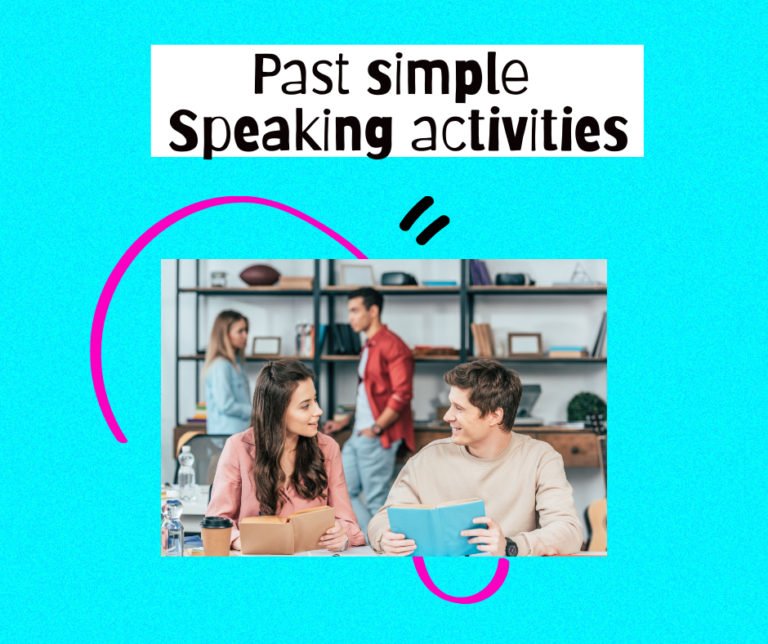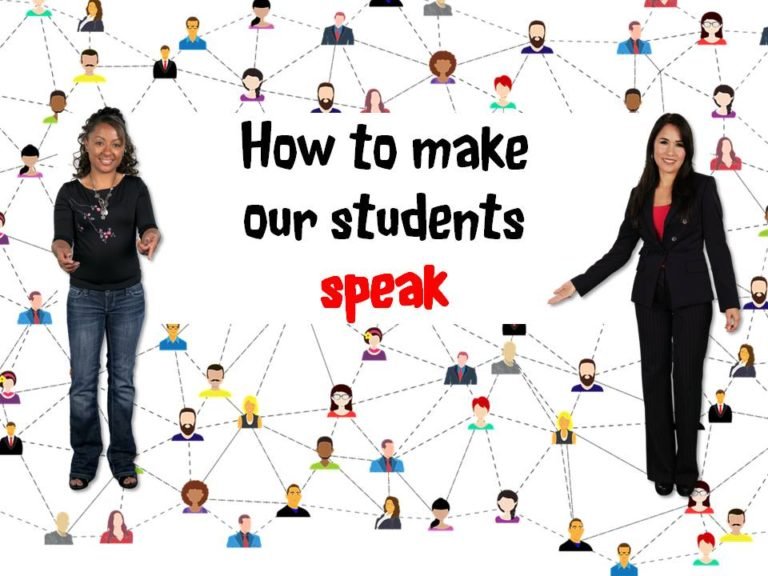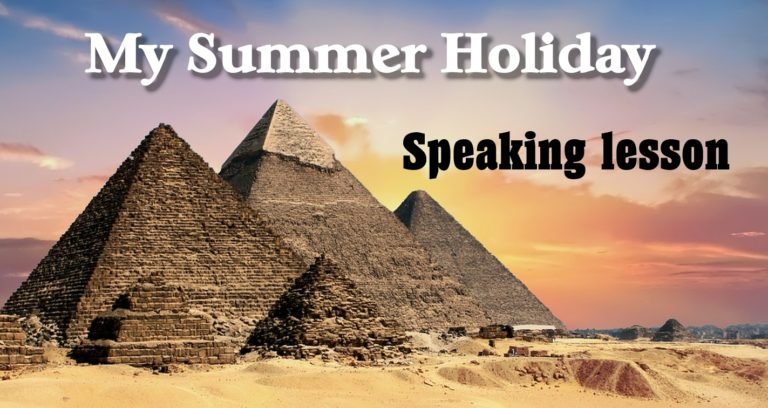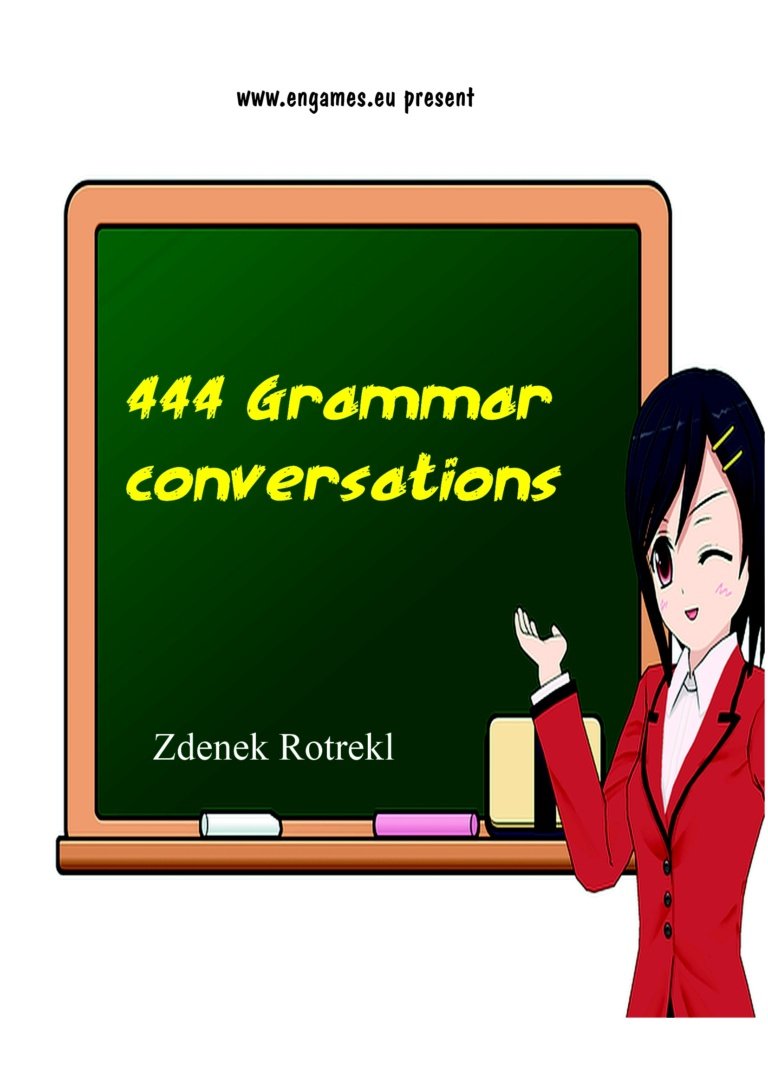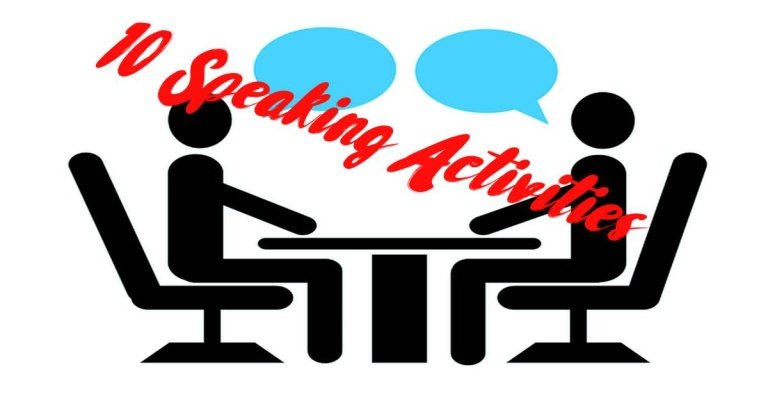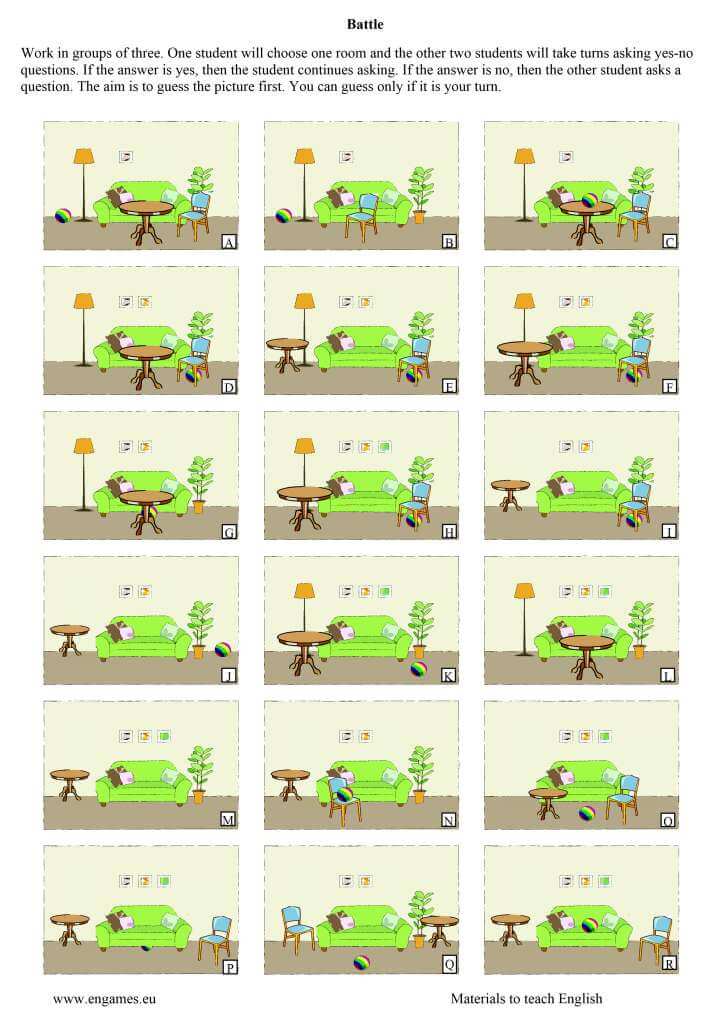Past simple – speaking activities
When I was teaching my classes online, we couldn’t practice speaking. We had to use Google Meet and the interaction was pretty limited. Once we returned to our classes I flooded my students with speaking activities. In this post, I would like to share the ones that I used to practise the past simple tense.
